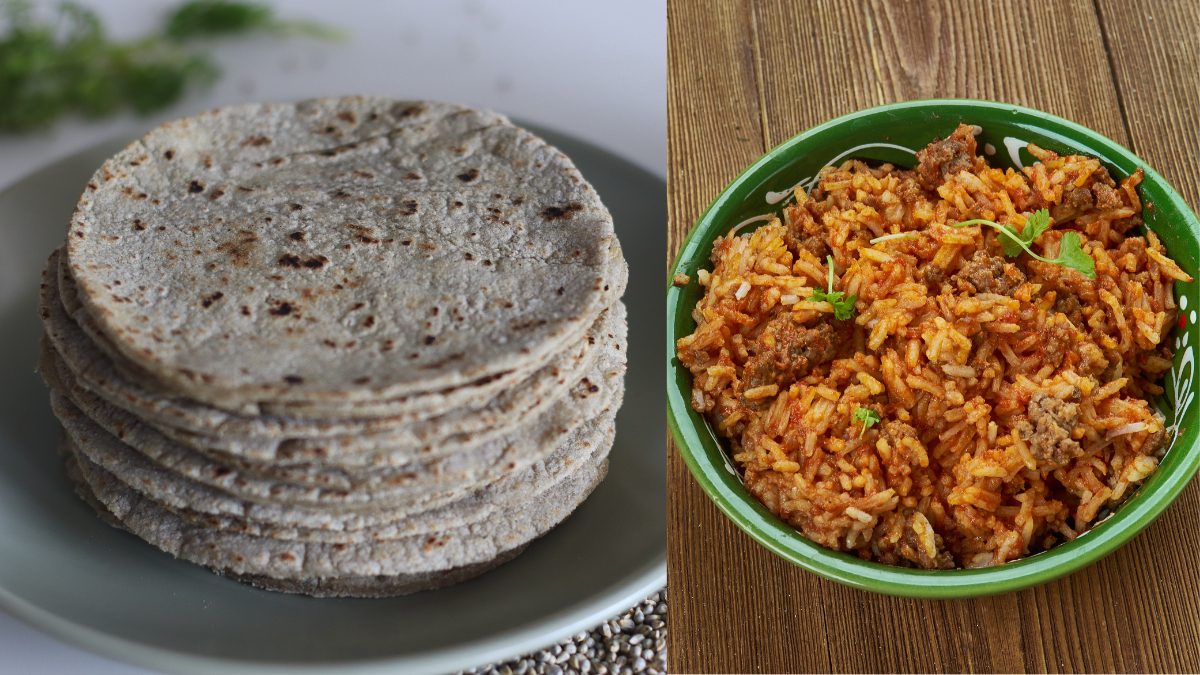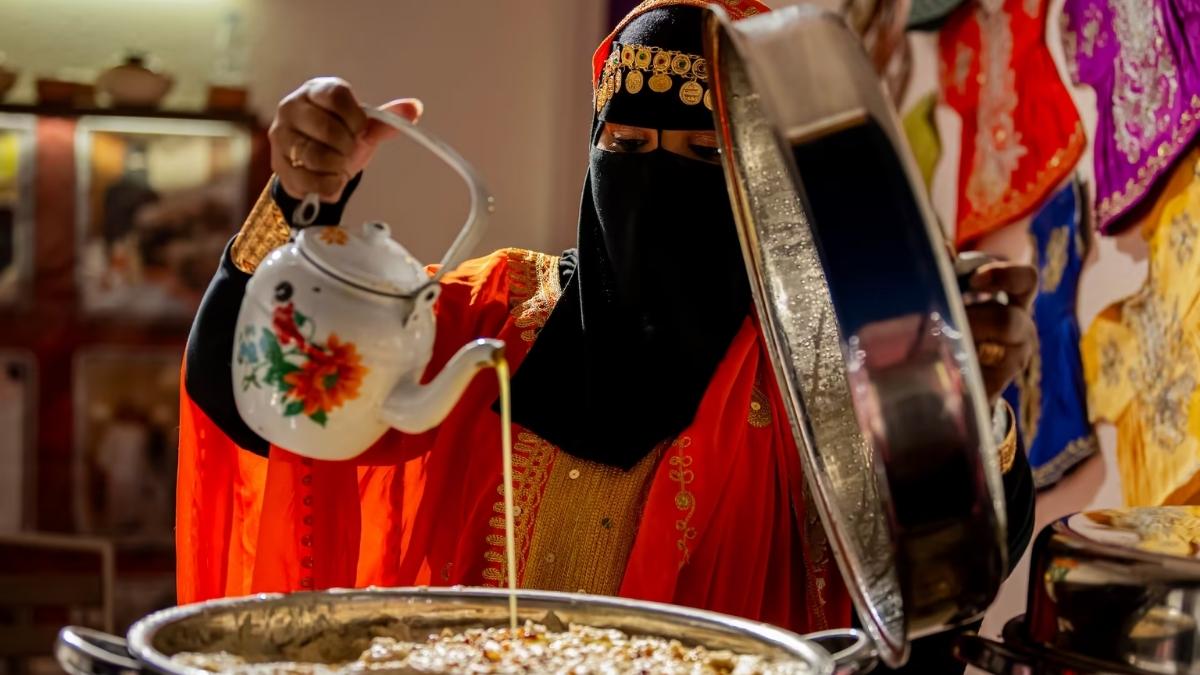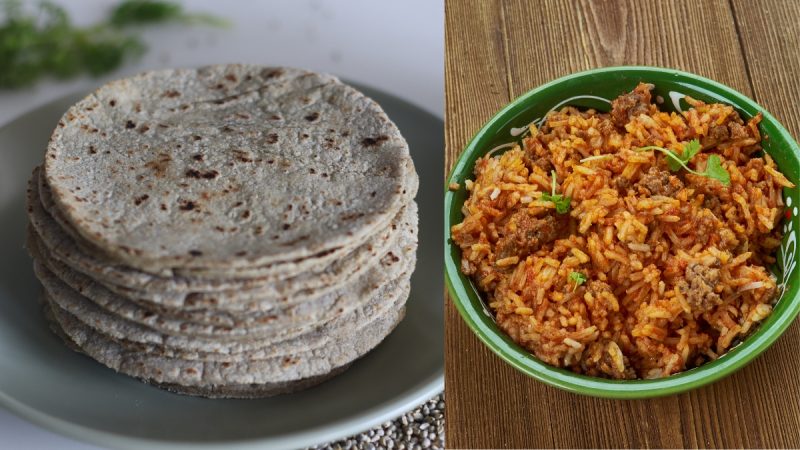Our culture and identity are greatly shaped and influenced by food. For tribal communities (keepers of the ancient traditions), their cuisine offers a peek into their sustainable, traditional lifestyle, rooted in harmony with nature. Think foraged ingredients and centuries-old cooking techniques, tribal cuisines showcase a culinary heritage that is inventive and as diverse as it is fascinating. Come, let’s delve into some of India’s remarkable tribal food cultures.
Top Indian Tribal Cuisines
1. Santhal Cuisine (Jharkhand, West Bengal, Odisha)
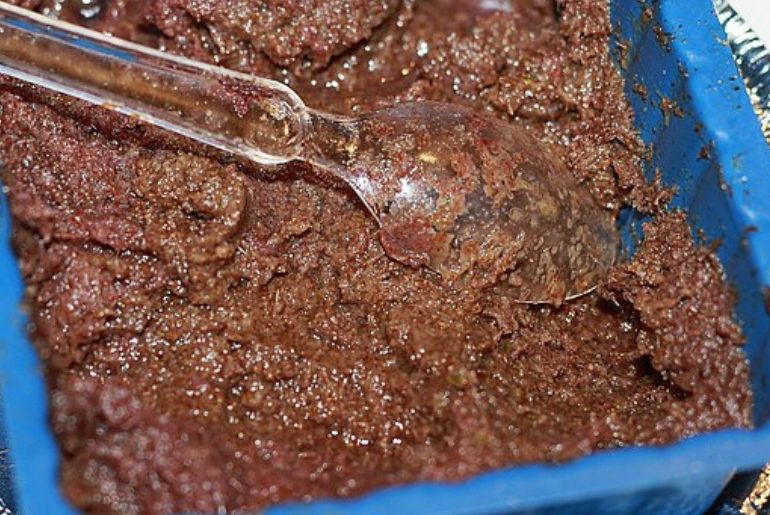
The Santhal tribe is one of India’s largest Indigenous communities, which sustains itself on earthy, organic produce. Their cuisine features seasonal ingredients, forest-foraged herbs, and simple, flavourful preparations. Some of the signature dishes include Handia, a mildly fermented rice beer, which is central to their celebrations, and Chaprah, a tangy, spicy chutney made from red ants and their eggs. One of the key highlights of their cuisine is food prepared in bamboo hollows over an open flame, imparting a smoky aroma.
2. Gond Cuisine (Madhya Pradesh, Chhattisgarh, Maharashtra)
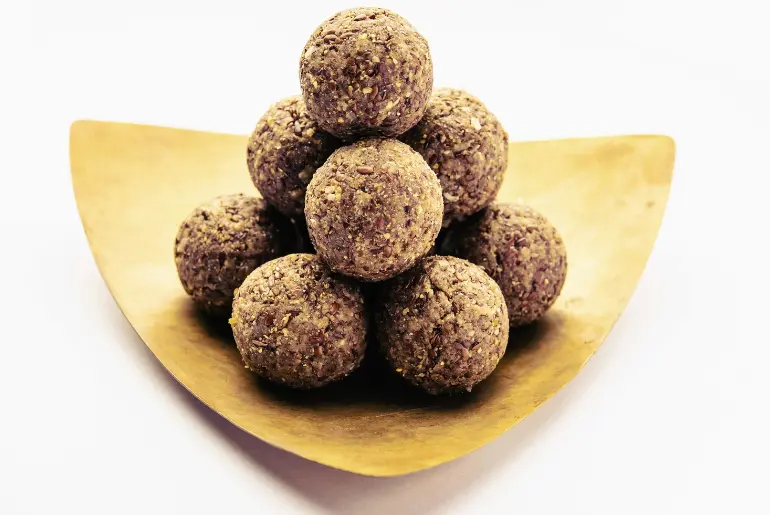
The Gond tribe’s cuisine is a reflection of their agrarian lifestyle—rich millet-based dishes and forest produce. The Gonds use minimal oil, relying on roasting and steaming to retain the natural flavours of ingredients, like the Kodo Ki Roti, millet flatbread, often paired with a spicy dal, or the Bamboo Shoot Curry, fresh shoots cooked with aromatic spices and herbs. Mahua Laddoo is another key dish made from the mahua flower, revered for its medicinal properties.
3. Khasi Cuisine (Meghalaya)
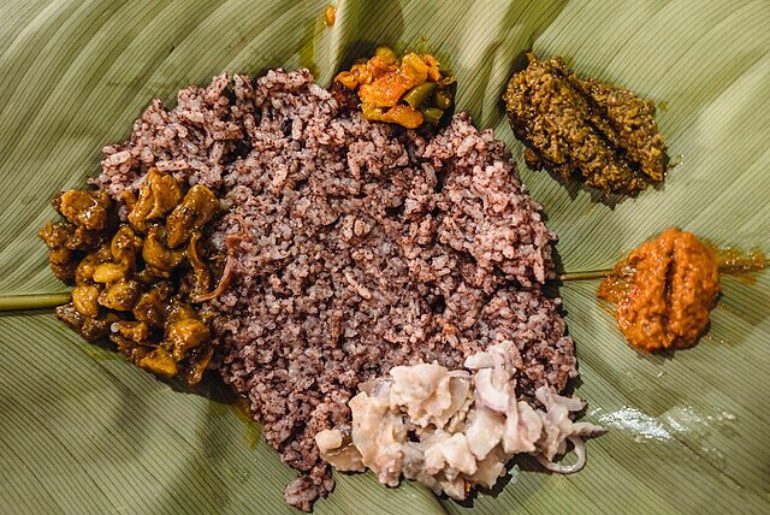
The lush, hilly terrain of Meghalaya has influenced the Khasi tribe’s culinary traditions. They favour smoked meats, fermented ingredients, and freshly ground spices. Dishes that deserve a spotlight are Jadoh, a fragrant rice dish cooked with pork, turmeric, and local spices. Tungrymbai, a fermented soybean paste stir-fried with pork, ginger, and garlic is also worth trying.
4. Bhil Cuisine (Rajasthan, Gujarat, Madhya Pradesh)

The Bhil tribe, inhabiting arid regions, has developed ingenious ways of using locally available resources. Their dishes are simple yet nutritious and rooted in sustainability—think Bajra Roti, pearl millet flatbread; Makka Ki Khichdi, a comforting cornmeal porridge; and Wild Berry Pickles, made from forest fruits like ber and mahua. The Bhil tribe relies heavily on sun-drying, roasting, and wood-fired cooking.
5. Toda Cuisine (Tamil Nadu)
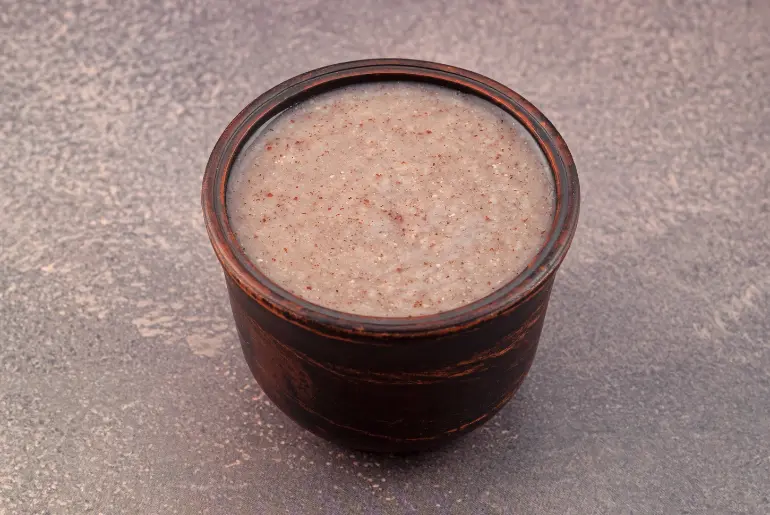
The Toda tribe, hailing from the Nilgiri Hills, has a diet that demonstrates their pastoral lifestyle and reliance on dairy. They are known for using stone-grinding (mortar and pestle) and clay pots to retain the authenticity of the flavours. Some key dishes like Noth, a sweet made from milk and jaggery, and Ragi Kanji, a nutritious porridge made with finger millet and flavoured with fresh herbs, deserve a spotlight.
6. Warli Cuisine (Maharashtra)
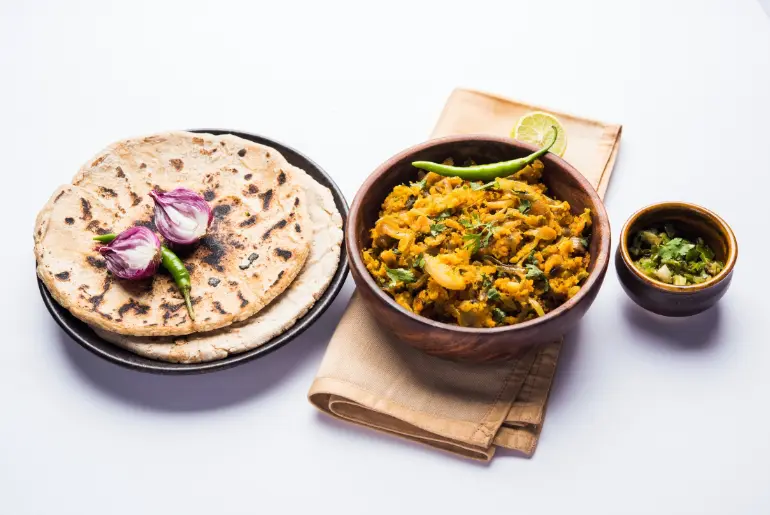
The Warli tribe, which is known for its iconic art, also takes pride in a rich culinary tradition featuring forest produce and indigenous grains. Dishes like Suran Curry, made from wild yam, cooked in coconut milk with Warli spices; Bhakri, a flatbread made from rice or nachni (finger millet); and Pithla, a gram flour curry, simple yet hearty, are worth mentioning. Warlis are known for practicing slow cooking to bring out the natural sweetness of the ingredients.
In essence, celebrating India’s tribal cuisines are not just about food—they are a way to honour the past while ensuring a sustainable future. And, promoting these cuisines isn’t just a nod to tradition but an essential step toward embracing diversity, supporting local economies, and adopting more sustainable food practices.
Cover Image Courtesy: Canva
For more such snackable content, interesting discoveries and the latest updates on food, travel and experiences in your city, download the Curly Tales App. Download HERE. First Published: January 15, 2025 9:25 PM
